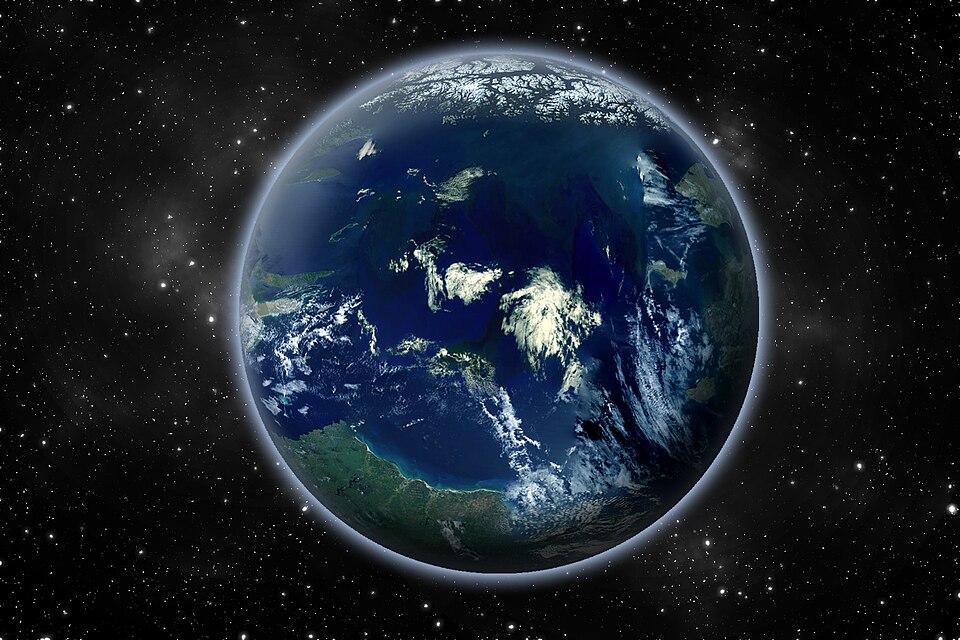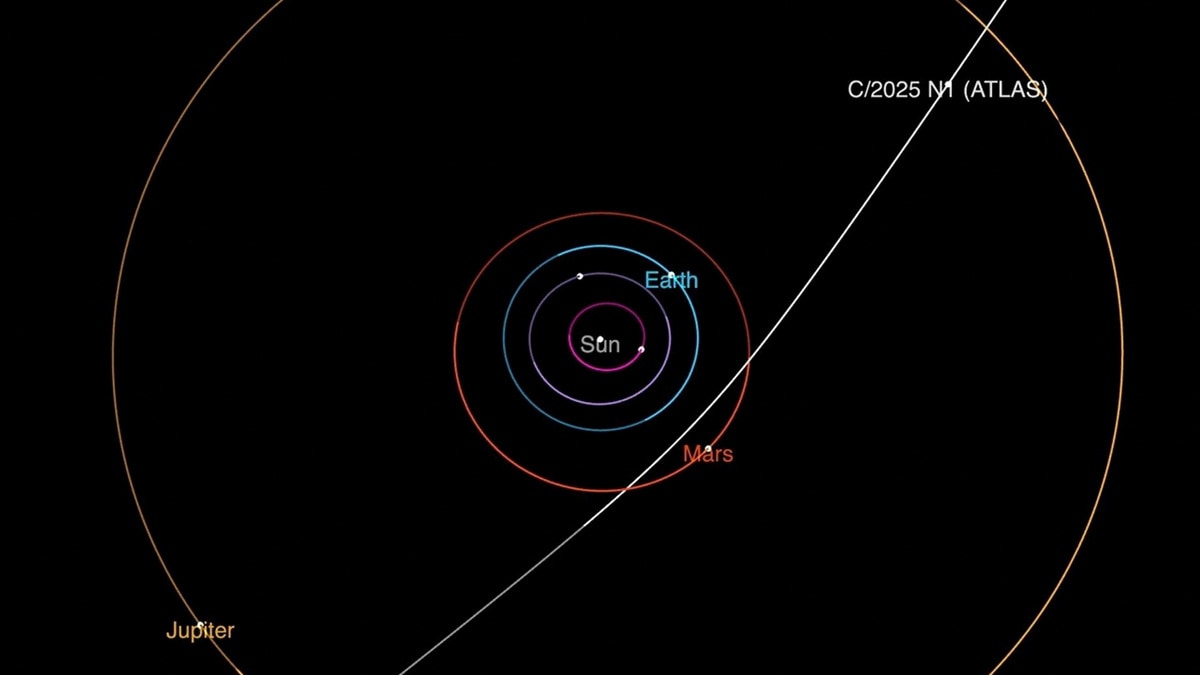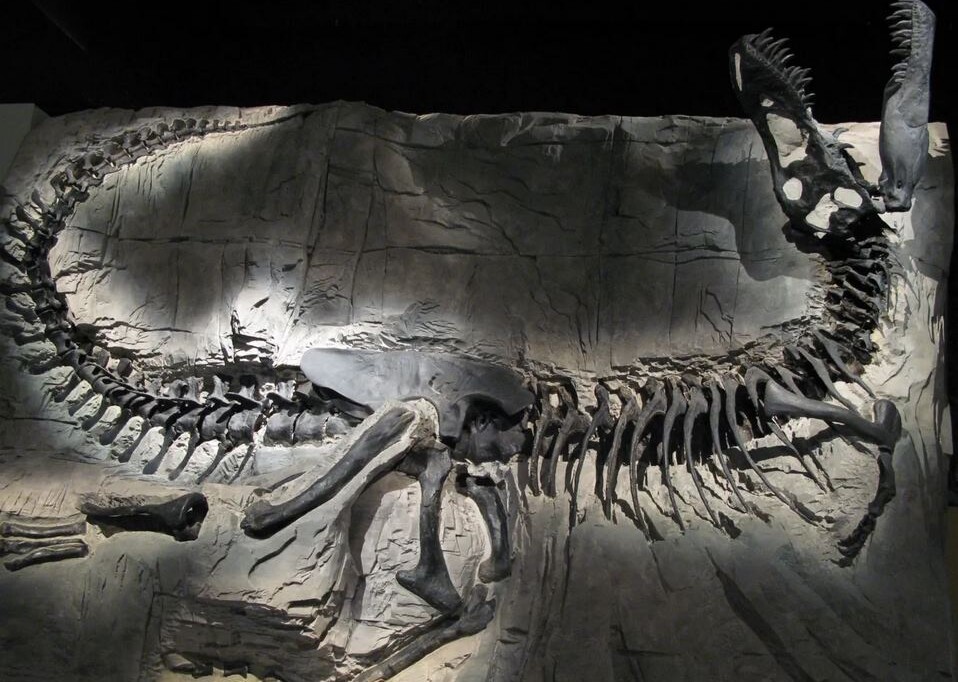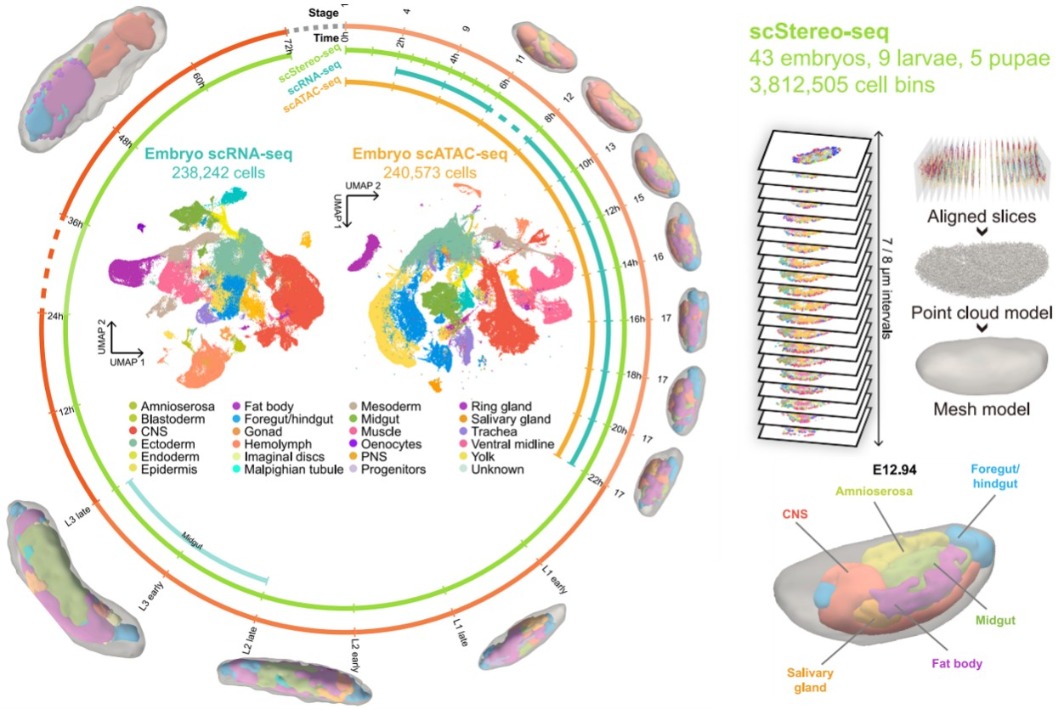A Sun's Fiery Eruption Creates a Colossal 'Canyon of Fire'
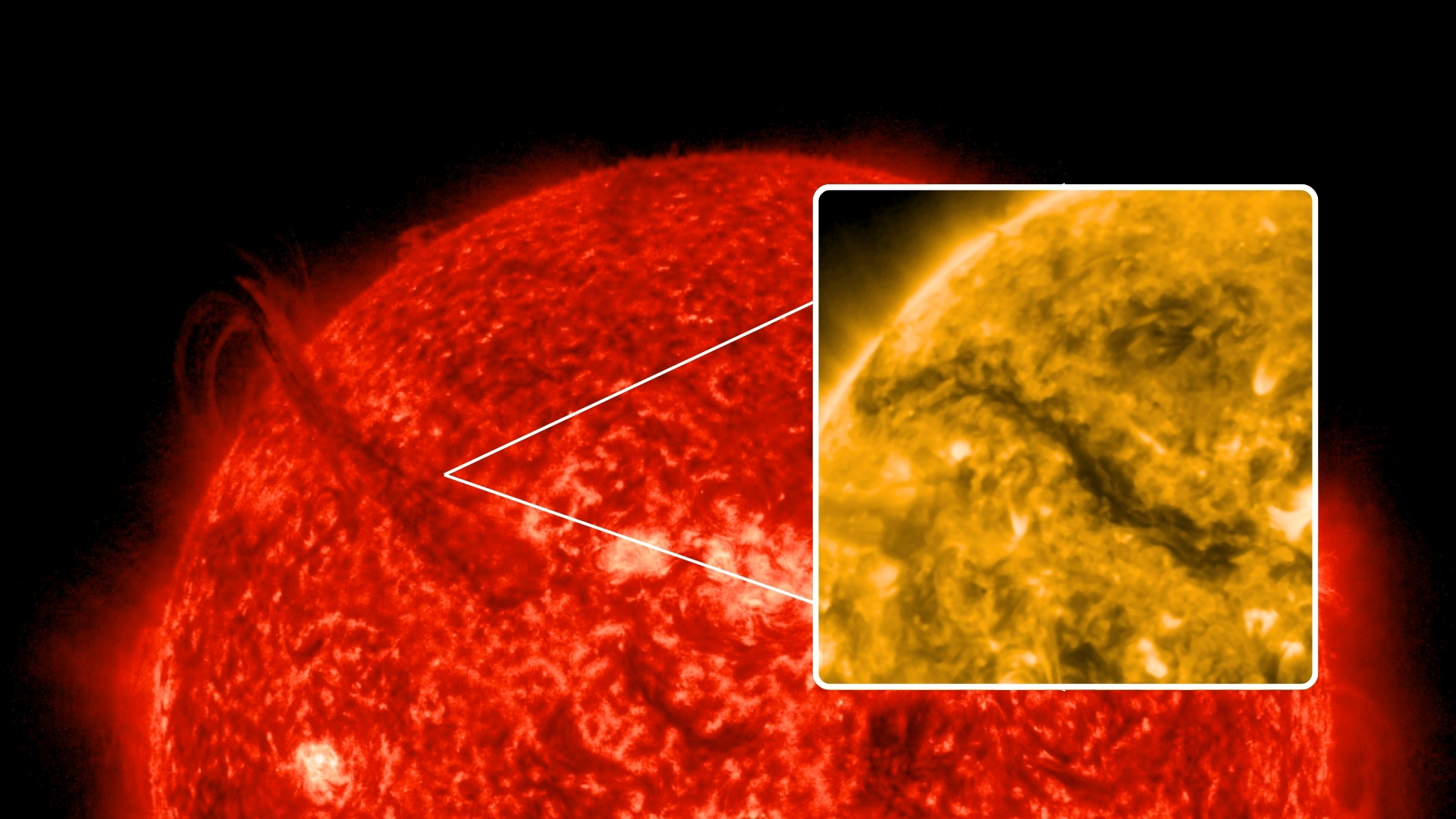
Imagine witnessing a fiery spectacle as vast as the distance from Earth to the Moon, all unfolding on the face of the sun. On July 15, an astonishing event captivated space watchers worldwide when a colossal filament erupted from the sun's northeastern limb, momentarily reshaping the surface of our blazing star and flinging a coronal mass ejection (CME) into the cosmos.
This dramatic explosion didn't just fizzle out quietly. Instead, it carved a glowing trench of hot plasma stretching over 250,000 miles. That's right—an astral canyon spanning roughly the same distance it would take to visit our lunar neighbor. Captured in breathtaking detail by NASA’s Solar Dynamics Observatory (SDO), the event unfolded like a cosmic ballet, with solar material arcing and cascading through the sun's atmosphere in spectacular fashion.
As the filament collapsed, it left behind an awe-inspiring sight dubbed a 'canyon of fire,' with fiery walls reaching an astonishing 12,400 miles in height, according to Spaceweather.com. But don't be fooled—this isn't just an eye-catching show. These glowing rifts arise when the sun's magnetic field lines snap and realign after an eruption, leaving behind a searing hot trench of plasma that outlines the newly shaped magnetic field, as explained by NASA.
This fiery chasm is more than just a visual wonder. Filaments are cooler, dense ribbons of solar plasma sustained above the sun by magnetic fields, according to NOAA. When these fields destabilize, the result can be a dramatic eruption, sometimes ejecting CMEs into space. These powerful blasts of solar plasma and magnetic fields have the potential to trigger geomagnetic storms on Earth, affecting everything from communications to power grids.
Fortunately, imagery from the Solar and Heliospheric Observatory (SOHO) and GOES-19 satellite indicates that this CME, though awe-inspiring, poses no direct threat to Earth. 'The CME is heading away from Earth,' noted aurora chaser Vincent Ledvina on social media. In images shared, the CME is seen spreading out and traveling slowly, well away from our planet.













